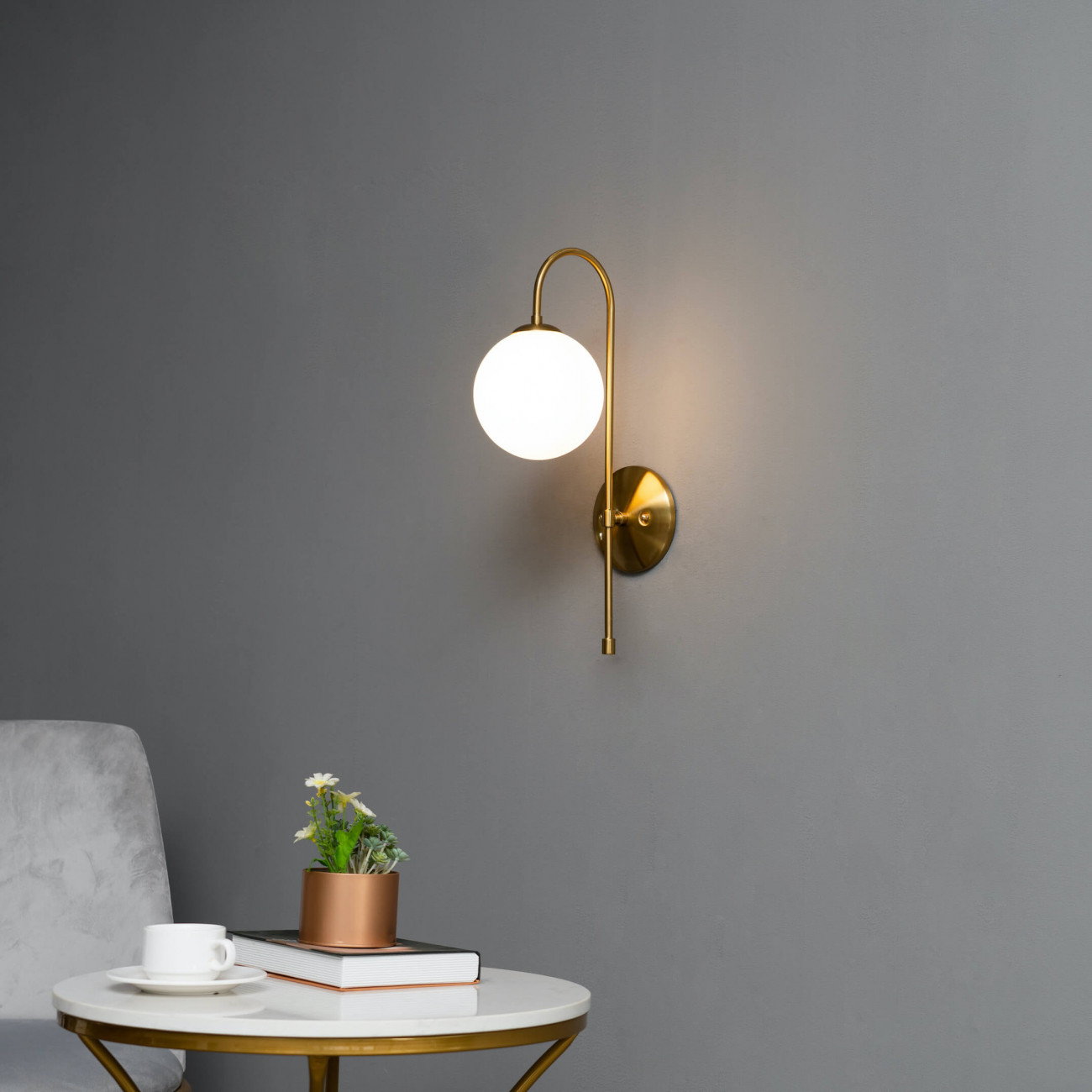
Wabi Sabi Kitchen: Embracing Imperfection and Simplicity in Design
Wabi Sabi is a Japanese aesthetic philosophy that values imperfection, simplicity, and naturalness. In recent years, it has become a popular style trend in interior design, including kitchen design. Wabi Sabi style kitchens embrace minimalism, the beauty of imperfection, and a connection with nature to create a calming and relaxing space. In this article, we will explore the elements of a Wabi Sabi kitchen and how you can bring this unique style into your home.
The Elements of Wabi Sabi Style Kitchen
Natural Materials
One of the essential elements of Wabi Sabi style is the use of natural materials. Using materials such as wood, stone, and clay in the kitchen can create a feeling of warmth and connection with nature. These materials often have a rough and imperfect texture, which adds to the beauty of the space. A Wabi Sabi kitchen also incorporates natural elements, such as plants or fresh-cut flowers, to bring a touch of greenery and life to the space.
Simplicity and Minimalism
A Wabi Sabi kitchen is all about simplicity and minimalism. Instead of filling the kitchen with unnecessary appliances, décor, or clutter, the focus is on creating a peaceful and functional space. The design is minimalistic, with clean lines and few decorative objects. The simplicity of the design allows natural materials to shine and brings a sense of calm and tranquility to the kitchen.
Embracing Imperfections
Wabi Sabi design celebrates imperfection and asymmetry. The focus is on the natural beauty of the materials, whether it’s the patina on a copper pot or the grain of a wooden cutting board. The imperfections in the design add character, warmth, and charm to the kitchen. Instead of striving for perfection, the Wabi Sabi style embraces the beauty of the imperfect and the unique.
Paring Back Color Palette
Wabi Sabi design tends to have a pared-back, neutral color palette. The focus is on natural colors, such as earthy tones or muted shades of green, blue, and gray. This minimalistic approach to color allows the natural texture and beauty of the materials to shine without distraction.
Bringing Wabi Sabi Style into Your Kitchen
Choose Natural Materials
When designing a Wabi Sabi kitchen, start with natural materials. Incorporate wooden shelves, stone countertops or backsplash, and clay utensil holders. Consider using reclaimed materials or materials with visible patina or wear to add character to the space.
Simplicity is Key
Keep the design simple and uncluttered, with clean lines and minimal decorative items. Instead of filling your kitchen with every appliance and gadget, focus on only the essentials. This approach will keep your kitchen looking tidy and uncluttered while providing ease of use and functionality.
Embrace Imperfection
Instead of striving for perfection, embrace the imperfections in your design. Choosing a kitchen island with a rough, textured surface or allowing your cutting board to show signs of wear and use is an excellent way to create a unique and personalized Wabi Sabi space.
Wabi Sabi style kitchens embrace imperfection, simplicity, and natural materials to create a calming and tranquil space. By using natural materials, keeping the design minimalistic, embracing imperfections, and sticking to a pared-back color palette, you can bring Wabi Sabi style into your kitchen. Embracing Wabi Sabi philosophy can make your kitchen a place of retreat from the stresses of everyday life and reconnect with nature. So get ready to embrace your inner Wabi Sabi and bring this unique style into your home!
